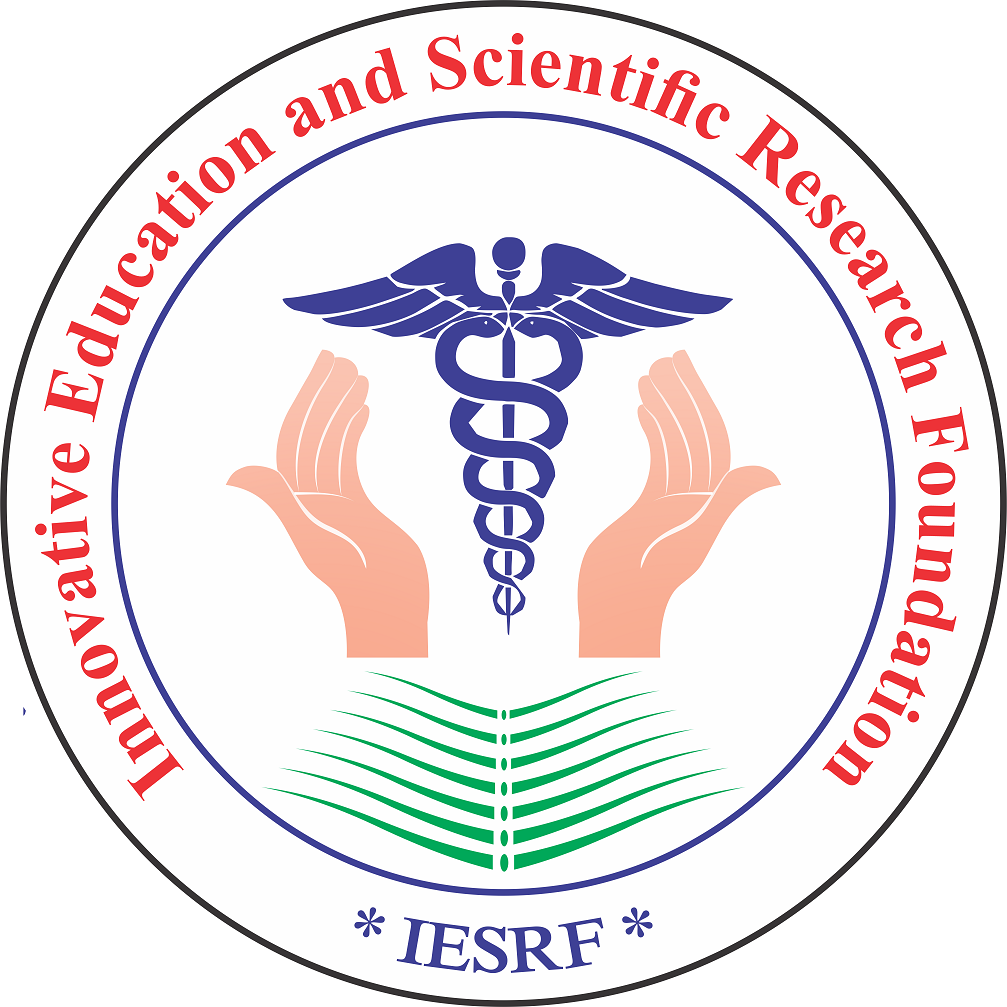- Visibility 20 Views
- Downloads 3 Downloads
- DOI 10.18231/j.ijpca.2023.001
-
CrossMark
- Citation
Higher prevalence of Listeriosis in Indian subcontinent, a food related menace
- Author Details:
-
Sunil Chaudhry *
Epidemiology
Listeria is a motile, Gram-positive, rod-shaped coccobacillus. It is a non-spore forming, facultatively anaerobic bacterium. Listeria monocytogenes is a food borne pathogen which can lead to serious invasive illness, mainly in elderly and immunocompromised patients, pregnant women, newborns and infants. In India, milk and milk products, meat and meat products, seafood and vegetables are often contaminated, hence the incidence of infection becomes more. The prevalence of L. monocytogenes and other Listeria spp. Was found to be 4.4 and 7.4%. Invasive listeriosis is a more severe form of the disease, which has a high mortality rate of 20 – 30%. The incubation period is as wide as 24 hours to three months. Listeriosis can cause mild, flu-like symptoms such as fever, chills, muscle aches, and diarrhea or upset stomach. There can be stiff neck, headache, confusion, or loss of balance. Infants with neonatal listeriosis can present with fever, lethargy, irritability, diarrhea, poor feeding, vomiting, respiratory distress, or a characteristic skin rash consisting of widely spread, small, pale nodules (granulomatosis infantiseptica). People with AIDS are almost 300 times more likely to get ill from this infection than people with normal immune systems.[1], [2], [3], [4]
Severe Symptoms of Listeriosis
Acute meningitis and encephalitis. Other symptoms include rhomb encephalitis, which is the involvement of the midbrain, pons and/or cerebellum linked to cranial nerve involvement or cerebellar signs (ataxia, tremor), or the development of hemiparesis. Presence of Seizure indicate a poor prognosis. An estimated 15-30% of maternal infections with Listeria are thought to result in abortions, stillbirths or fatal neonatal illnesses.[5], [6], [7]
Diagnosis of Listeria
Gram staining, Polymerase chain-reaction (PCR), Loop-mediated isothermal amplification (LAMP), Immunohistochemistry (IHC) and immunofluorescent assays (IFA) such as Serologic testing for antibodies to listeriolysin O, are diagnostic tests.
Prevention of Listeriosis
Chances of reducing Listeriosis include cleanliness & hygiene, scrubbing raw vegetables, cooking food thoroughly, avoiding soft cheese, cold meats and smoked seafood.[8], [9], [10]
Optimal Therapy for Listeriosis
Listeria monocytogenes can be effectively treated by using Penicillin, ampicillin, amoxicillin, and gentamicin in dose of 2.5mg/kg/day are recommended for the treatment of Listeria infections. β-lactams such as penicillins are effective against L. monocytogenes inhibit the synthesis of bacterial cell wall peptidoglycan. Cefotaxime a cephalosporin, has received wide acceptance as a first-line antibiotic for many infections in neonates Combination of two antimicrobials have synergistic actions and also duration of treatment can be shorter. In cases of septicemia or meningitis, the individual can be given intravenous antibiotics and require up to 6 weeks of care and treatment. Vancomycin successfully to treat penicillin-allergic patients. IV antibiotics are preferred in CNS infections. Fluoroquinolones, trovafloxacin and sparfloxacin, ciprofloxacin and ofloxacin, were tested for their in vitro inhibitory and bactericidal activity against 80 strains of Listeria monocytogenes. Azithromycin (a macrolide) was fairly bactericidal and could reduce complications of Listeriosis. Linezolid. Is used where the CNS involvement is observed. Dexamethasone is used to control cerebral edema and neurological symptoms. The duration of antimicrobial treatment is about 2 weeks. In cases of infective endocarditis, brain abscess and bone and joint infection, the duration of therapy is 6 weeks.
Conflict of Interest
None.
References
- S Thonnings, JD Knudsen, HC Schonheyder, M Sogaard, M Arpi, KO Gradel. for the Danish Collaborative Bacteraemia Network (DACOBAN)Antibiotic treatment and mortality in patients with Listeria monocytogenes meningitis or bacteraemia. Clin Microbiol Infect 2016. [Google Scholar]
- H Hof. Chemotherapy of Listeria infections. GMS Infect Dis 2013. [Google Scholar] [Crossref]
- S Carryn, FV Bambeke, MP Mingeot-Leclercq, PM Tulkens. Comparative intracellular (THP-1 macrophage) and extracellular activities of beta-lactams, azithromycin, gentamicin, and fluoroquinolones against Listeria monocytogenes at clinically relevant concentrations. Ann Agents Chemother 2002. [Google Scholar]
- . Listeria: guidance, data and analysis - GOV.UK. . [Google Scholar]
- . Listeria monocytogenes | Tokyo Food Safety Information Center Bureau of Social Welfare and Public Health. . [Google Scholar]
- . Listeria infection: symptoms and advice. . [Google Scholar]
- J Osek, K Wieczorek. Listeria monocytogenes-How This Pathogen Uses Its Virulence Mechanisms to Infect the Hosts. Pathogens 2022. [Google Scholar] [Crossref]
- A Rajalakshmi, R Gopalakrishnan, S Nambi, VV Rao. Listeria in Adults Truly Rare or Rarely Diagnosed in India. J Assoc Physicians India 2017. [Google Scholar]
- MS Gelfand, K Geeta, JL Swamy. Clinical manifestations and diagnosis of Listeria monocytogenes infection. . [Google Scholar]
- CD Kaptchouang Tchatchouang, J Fri, M De Santi, G Brandi, GF Schiavano, G Amagliani. Listeriosis Outbreak in South Africa: A Comparative Analysis with Previously Reported Cases Worldwide. Microorganisms 2020. [Google Scholar]
